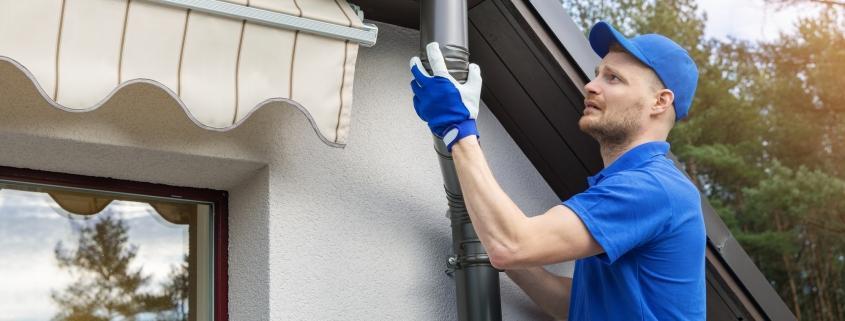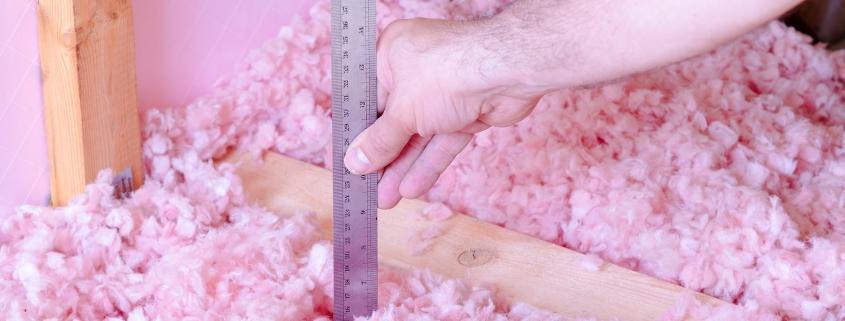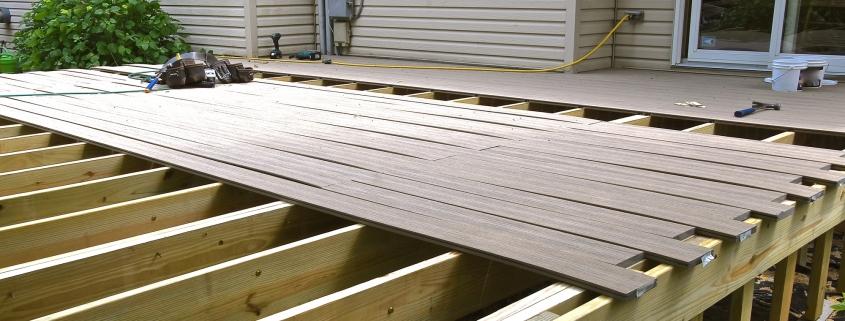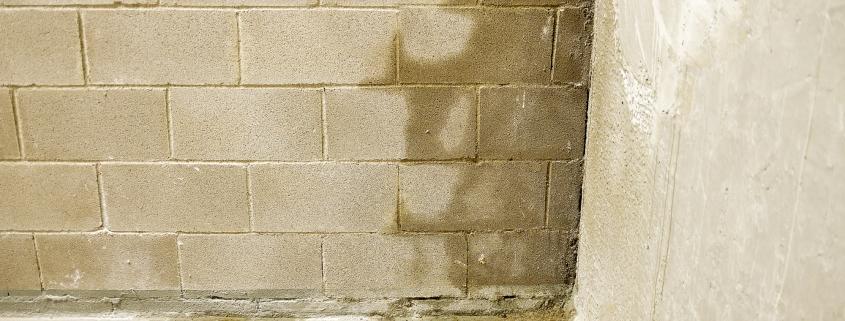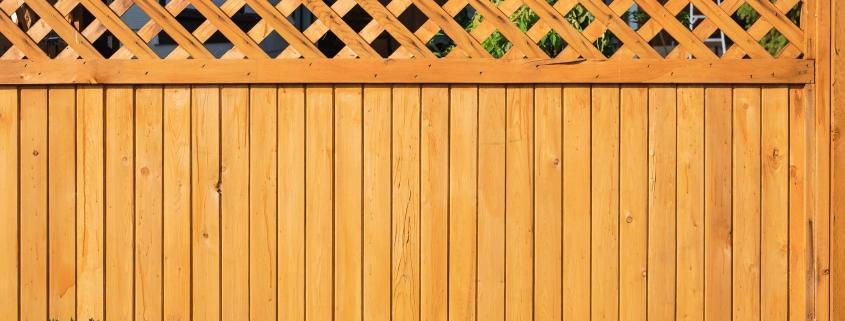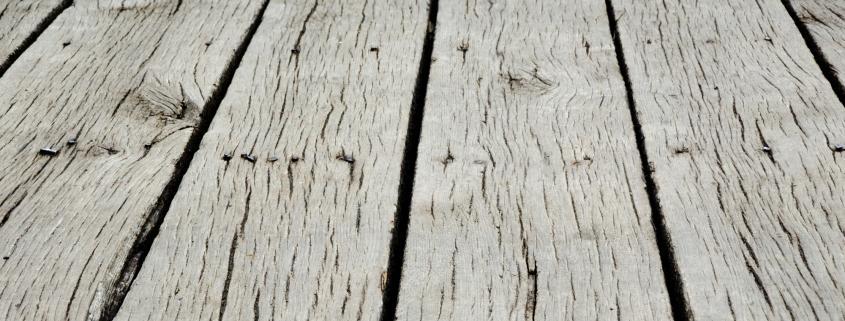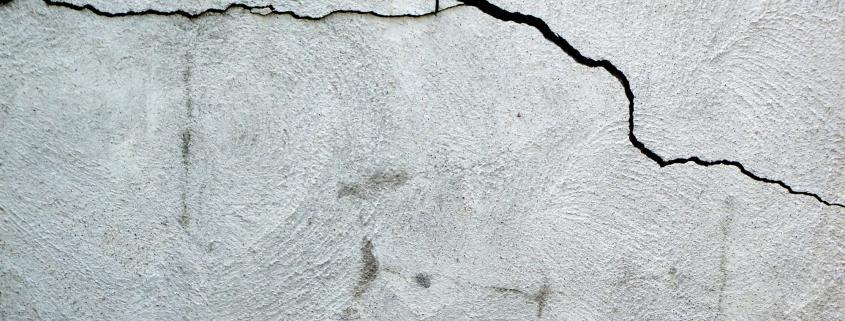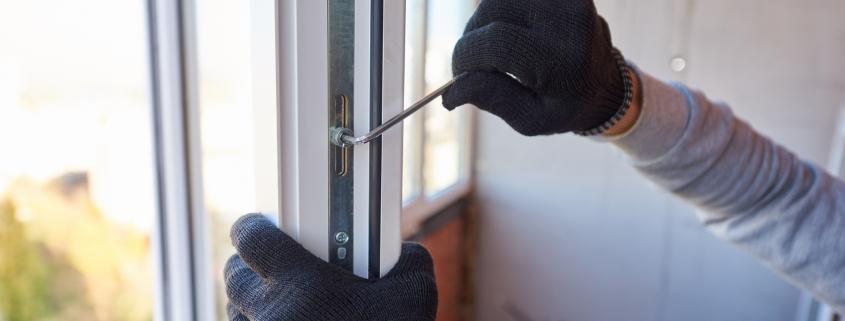How Many Years Do Gutters Last?
Gutters help keep your home free of water damage by diverting rain from the roof to the ground. They also protect exterior walls and foundations from cracks, mold and other moisture issues.
Gutters come in a variety of materials and last for a number of years, depending on their upkeep. Let’s explore the lifespan of different types of gutters and how you can get the most out of your rain gutter system.
Material
Gutters are an important part of a home’s drainage system and protect your foundation and landscaping. They can last 20 years or more with proper care and maintenance, but it’s important to know when it’s time to replace your gutters.
The material that’s used to make your gutters can have a big impact on their longevity. For instance, vinyl is less durable than steel or aluminum.
Despite being a lightweight material, vinyl is susceptible to cracking when subjected to repeated heat and cold. Additionally, ice and snow can damage it as well.
Another common material is steel, which is durable and resistant to rusting. Galvanized steel is a popular option, as it’s coated with a layer of zinc that helps prevent rusting.
Climate
The climate that you live in can play a big role in how long your gutters last. Gutters that are exposed to extreme weather conditions such as high temperatures and harsh winds may need to be replaced more frequently than those in milder climates.
Another factor that affects how long your gutters last is the amount of rain they are able to handle. Gutters that are sized for less water will wear out sooner.
Cold weather also takes a toll on your gutters. Metals such as aluminum and steel contract during cold weather, pushing them away from other metals at the joints of your gutter.
Similarly, snow and ice can cause blockages in your gutters. This can prevent the flow of water to your downspouts, causing the gutter to sag and eventually break.
Other climate-related factors that can impact how long your gutters last include rust and corrosion. This happens when your gutters are made from iron, and they come in contact with water elements.
Maintenance
Gutters are an essential part of a home’s drainage system and protect your property from water damage. When they work properly, they divert rainwater and melted snow from the roof and foundation of your house.
Gutters need to be cleaned regularly to ensure they work efficiently. A clogged gutter can cause serious problems with your home and landscaping.
It’s best to clean your gutters twice a year, once in the fall after all the leaves have fallen and again in the spring around April.
Depending on the size of your yard, it may be helpful to hire a professional to do this chore for you. It’s important to check your gutters regularly, however, and call a professional if you notice any issues that need to be addressed.
Gutters can last a long time when they’re properly maintained. However, they do eventually need to be replaced when they’ve reached the end of their life span.


